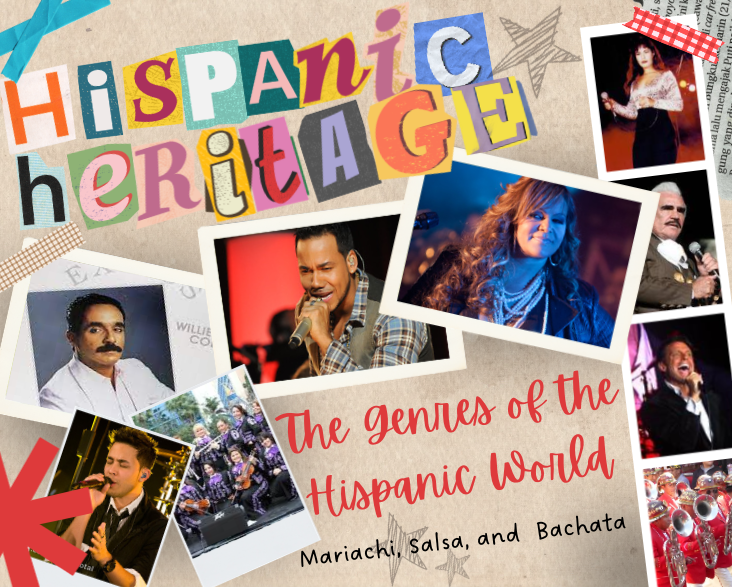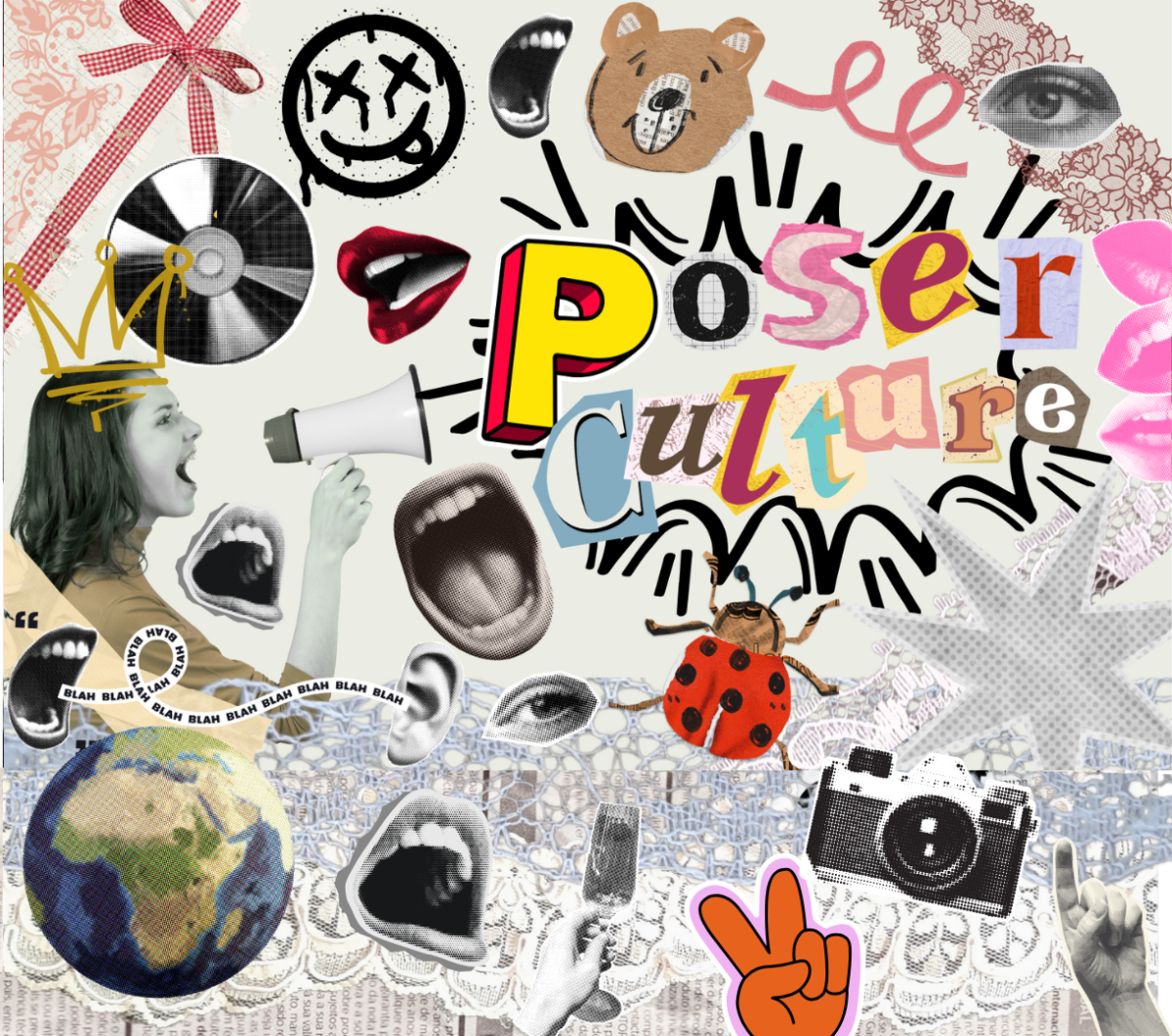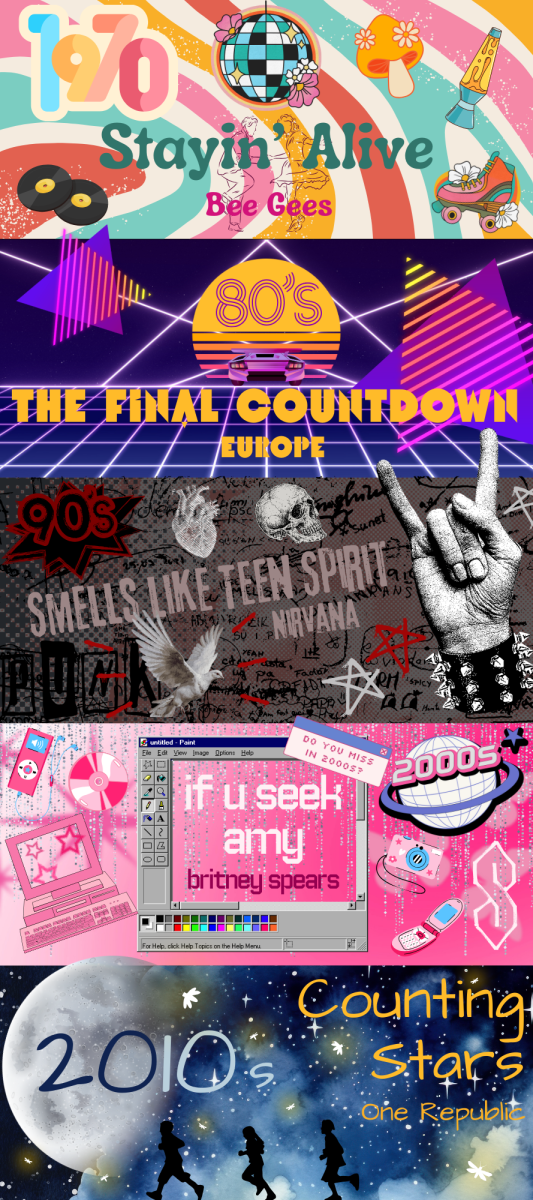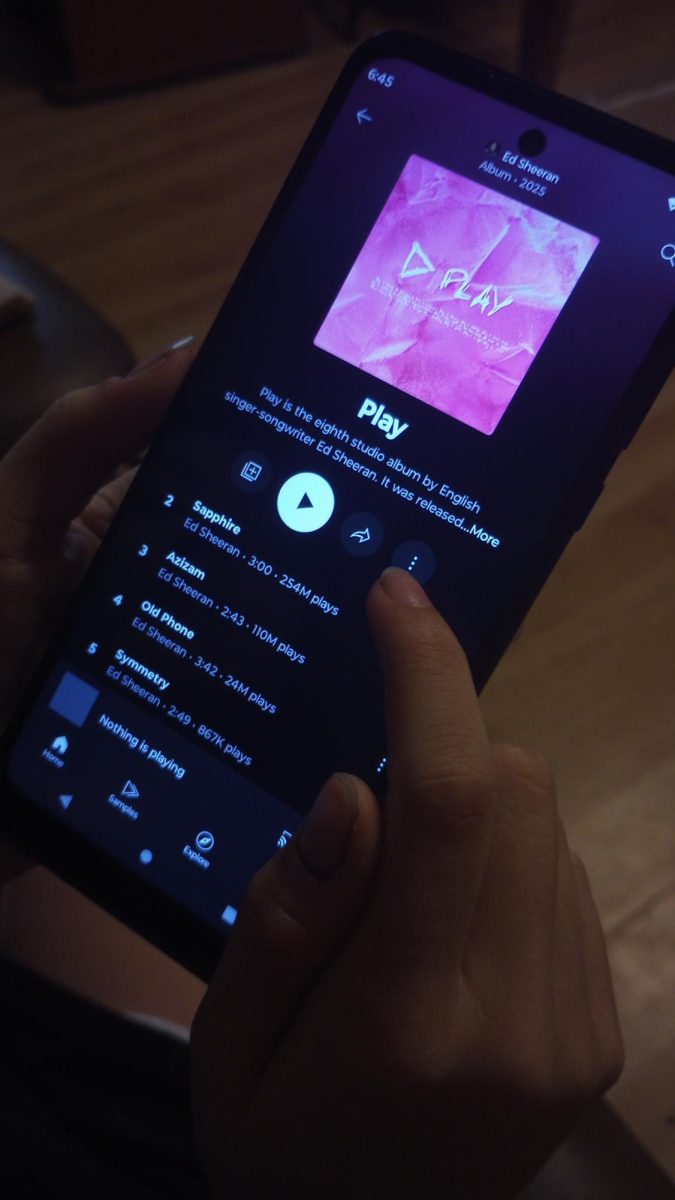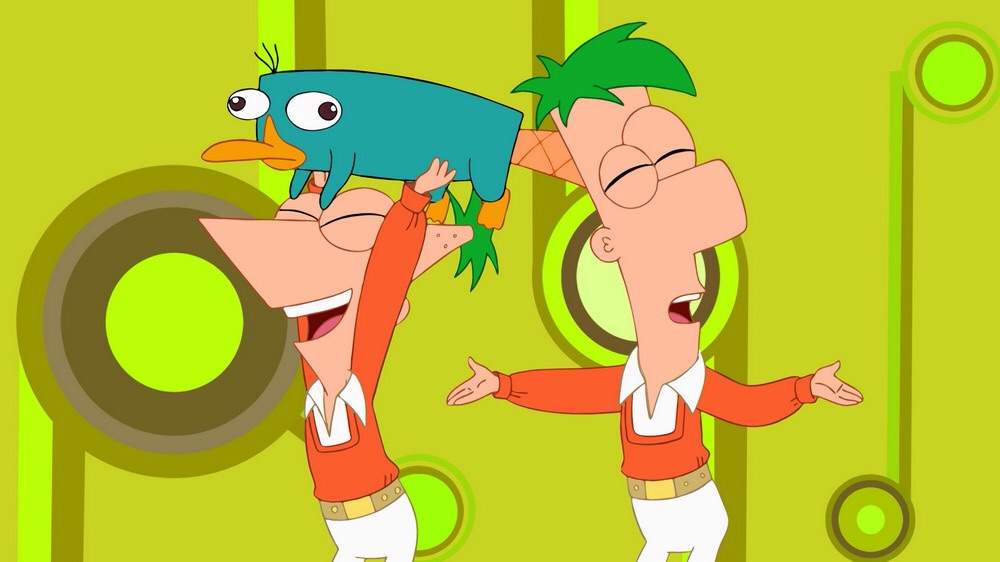Mariachi, salsa, bachata, all of these music genres are to be respected and listened to for this Hispanic Heritage, looking at both the popular and obscure sides of three genres.
One of the most renowned Hispanic genres is mariachi. The origins of the word are heavily disputed, but whether or not it derives from an indigenous language or French doesn’t change the immense amount of importance it has in Mexican culture. Starting off in the state of Jalisco and spreading from there, the genre of many moods was first performed by labor workers.
The clothing that distinguishes mariachis now would be unrecognizable to the working-class pioneers of the genre. The vihuela (five-string guitar), guitarron (bass guitar), violin and trumpet unite in order to create a song usually requested by audiences. Romance, anger, desperation and many other emotions fall under the well-loved genre.
At the end of the 30-year reign of Dominican dictator Rafael Trujillo, the first bachatas of history were recorded. Descendants of enslaved African-Domincians were at the forefront of bachata when it was first introduced to the world and when it still had no distinct sound. It was viewed as vulgar and crude to the social elite which led to bachata not being broadcasted or allowed on television, but when the sound became more distinguishable in the 1990s, even elites couldn’t resist it.
While all genres have varying styles of dance, the basic bachata steps differ largely from other Hispanic dances because of their steps. Three normal side steps and then a pop of the hip in the opposite direction that the dancer was going. Bachata instrumentals themselves even put emphasis on the fourth count, so manual counting isn’t necessary.
It’s said that the origins of this word are the same as the spicy tomato sauce many people have grown to love. As a conductor played their guitar, they yelled out “salsa!” as an ad-lib and also to ask the dancers to bring more spice into their dancing. There are several sub-genres included in Salsa which all depend on where the artist got their sound. New York, Los Angeles, Cuba and Puerto Rico are only some of the places that can affect the sound of salsa.
The genre had an increasing popularity in New York during the 1940s and 1950s before Fidel Castro came into power. Even after Cubans could no longer travel to the United States of America, salsa left an imprint on New York’s music scene which led to it still being the most popular sub-genre.


